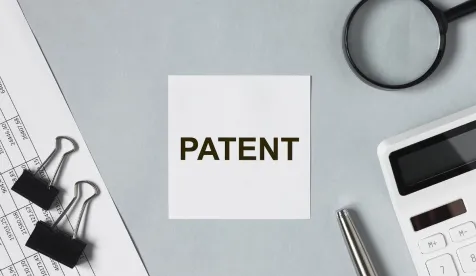We previously wrote that a co-pending ITC Section 337 investigation virtually guarantees that the Patent Trial and Appeal Board (PTAB) will exercise its discretionary power to deny institution under 35 U.S.C. §§ 314(a) and 324(a) when considering a petition for inter partes review (IPR) or post-grant review (PGR). See ITC Section 337: Kiss of Death for PTAB Proceedings. Below, we provide several tips for petitioners faced with a real or imminent parallel proceeding at the ITC to avoid a discretionary denial at the PTAB.
-
File a PTAB petition preemptively. By filing a petition for IPR or PGR before an ITC investigation commences, a petitioner increases its chances of undercutting the uniquely fast and compressed nature of an ITC Section 337 investigation, which favors the PTAB exercising its discretionary authority to deny institution of a post-grant proceeding on a patent involved in a parallel ITC investigation. To effectively preempt an ITC investigation and avoid a discretionary denial, potential respondents at the ITC should routinely monitor patent and litigation activity of competitors and file petitions with the PTAB promptly when an ITC proceeding appears likely or imminent.
-
Rely on a different party to file the PTAB petition. When deciding whether to exercise discretion and deny institution, the Board considers the “Fintiv factors” from the PTAB’s precedential 2020 decision in Apple Inc. v. Fintiv, Inc. The fifth Fintiv factor asks whether the petitioner and the defendant in the parallel proceeding are the same party—with identity of the parties weighing in favor of denying institution. Because there is no standing requirement to file a petition for IPR or PGR at the PTAB, and because the ITC has limited in rem jurisdiction over imported goods, a party different from one named as a respondent in an ITC proceeding may be able to avoid discretionary denial of a PTAB petition. It is important to note, however, that a petitioner must identify in its petition any real parties in interest. Thus, the PTAB petitioner should be a party over which the ITC respondent lacks direction or control.
-
File a petition on different claims or different patents. The fourth Fintiv factor considers the overlap between issues raised in the PTAB petition and the parallel proceeding—with more overlap favoring denial and less overlap favoring institution. One way a petitioner can create less overlap of issues (even when considering the same patent) is to file a petition that challenges different claims than those asserted by the complainant at the ITC. Another approach is to challenge a different patent altogether. For example, an ITC complainant may have a patent portfolio that includes several patents ripe for petition. At a minimum, a petitioner may want to consider the strategic implications of challenging other patents owned by a patent owner/complainant, such as forcing the patent owner/complainant to divert resources from the ITC matter in order to address multiple co-pending proceedings. Doing so can provide a petitioner with a strategic advantage in settlement negotiations.
-
Stipulate to argue different issues. Petitioners may be able to circumvent the fourth Fintiv factor by stipulating to argue different issues in a parallel proceeding than at the PTAB. For example, to show that the issues in a parallel ITC investigation will not overlap the issues in a PTAB petition, a respondent can stipulate that it will pursue different grounds in each proceeding, rendering a PTAB proceeding a true alternative to the ITC investigation. Petitioners have had some success leveraging this approach to avoid a discretionary denial at the PTAB. For example, in Sotera Wireless, Inc. v. Masimo Corporation, (IPR2020-01019), the PTAB relied on the fact that the petitioner had filed a stipulation with the District Court that it “will not pursue in [the District Court] the specific grounds [asserted in the inter partes review], or on any other ground…that was raised or could have been reasonably raised in an IPR,” Other petitioners have similarly stipulated, resulting in institution of the PTAB proceeding. See e.g., R.J. Reynolds Vapor Company v. Philip Morris Products, S.A, (IPR2021-00585) and Ocado Group PLC v. AutoStore Technology AS et al., (IPR2021-00311) (“Respondents hereby stipulate that, from and after the date of this stipulation, they will not pursue a defense in this [ITC] Investigation that the [p]atent is invalid based on grounds that were raised or reasonably could have been raised in Respondents’ IPR petition for the [p]atent.”).
Finally, additional help might be on the way via the legislative process. The head of the US Senate Judiciary Committee’s subcommittee on intellectual property, Sen. Patrick Leahy, recently introduced the “Restoring the America Invents Act” to address criticisms of certain Patent Office practices. One objective of the proposed legislation is to substantially limit the PTAB’s discretionary power to deny institution of IPRs and PGRs.





 />i
/>i

